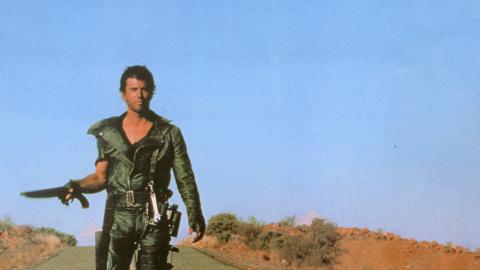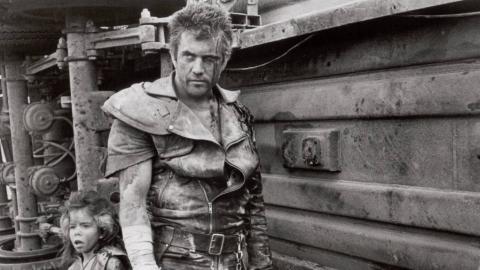
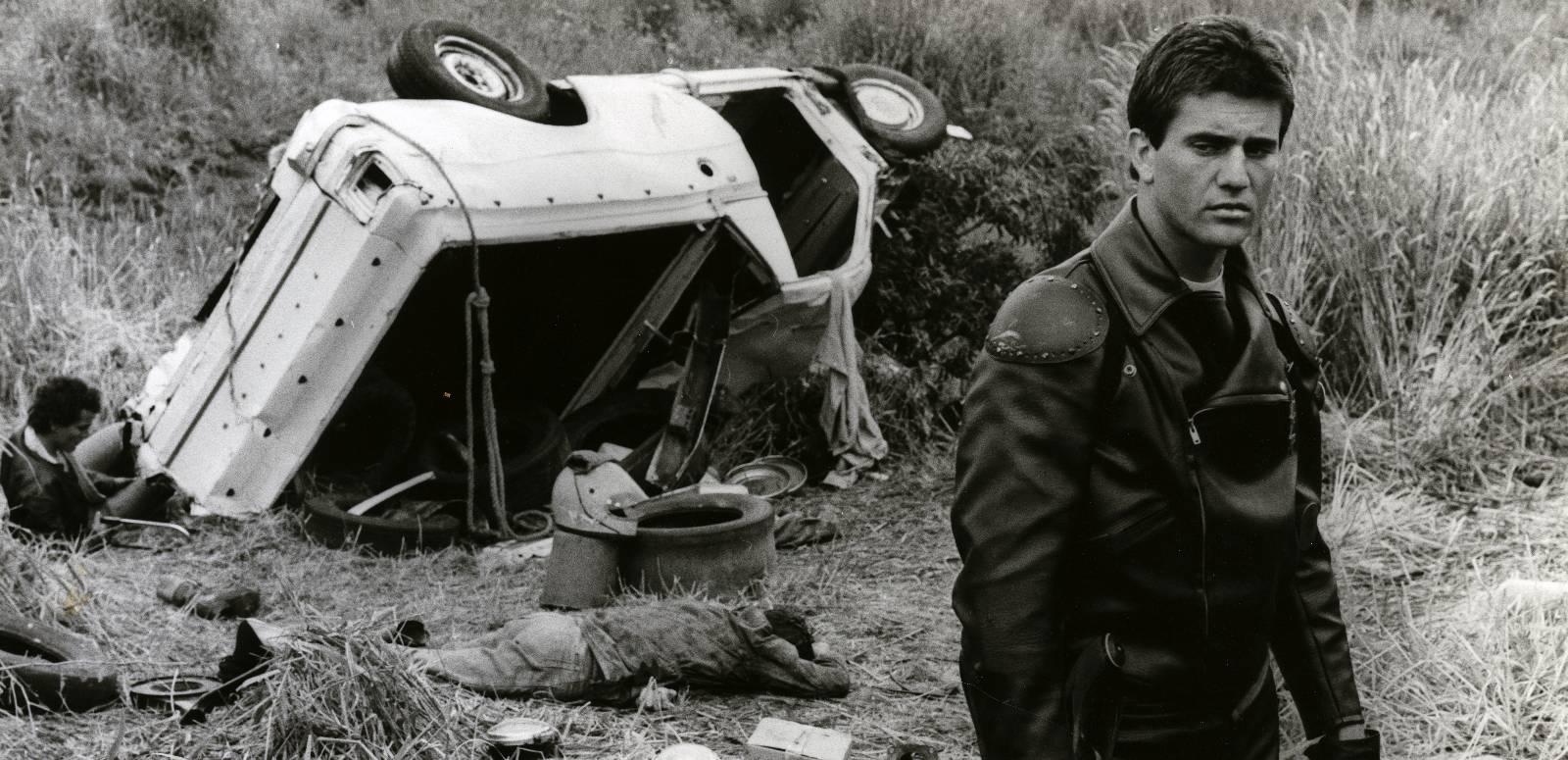
Mad Max
Mad Max: the original movie
It's hard to overstate the influence of Mad Max – on filmmakers, action cinema and the course of Australian movies.
Made for a paltry AUD$380,000 by George Miller in 1979, the independently-funded film for a time held the Guinness World Record for the highest box-office-to-budget ratio of any motion picture.
It also launched a long-running franchise and was a pivotal stepping stone to international careers for Miller and star Mel Gibson.
Mad Max audiences respond enthusiastically to its dystopian vision, extraordinary stunt work and especially the souped-up motorbikes and cars.
This curated collection features a selection of interviews, posters and clips from the film, introducing us to George Miller's Mad Max universe.
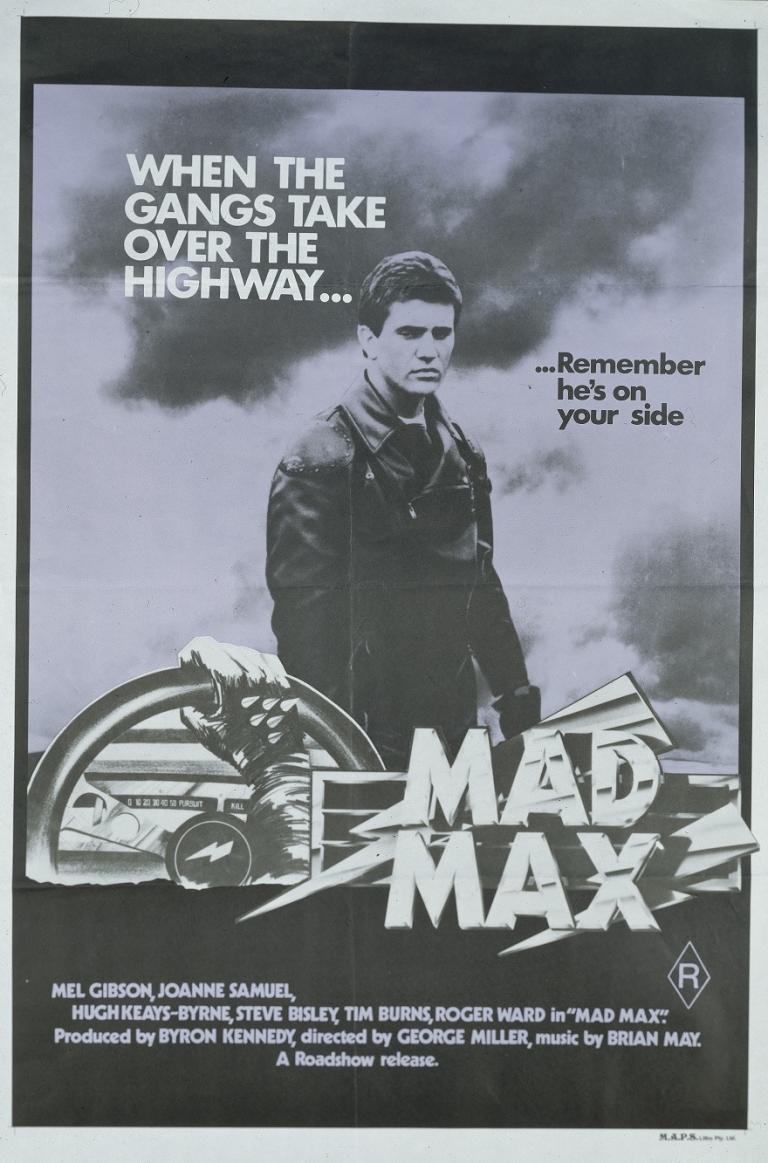
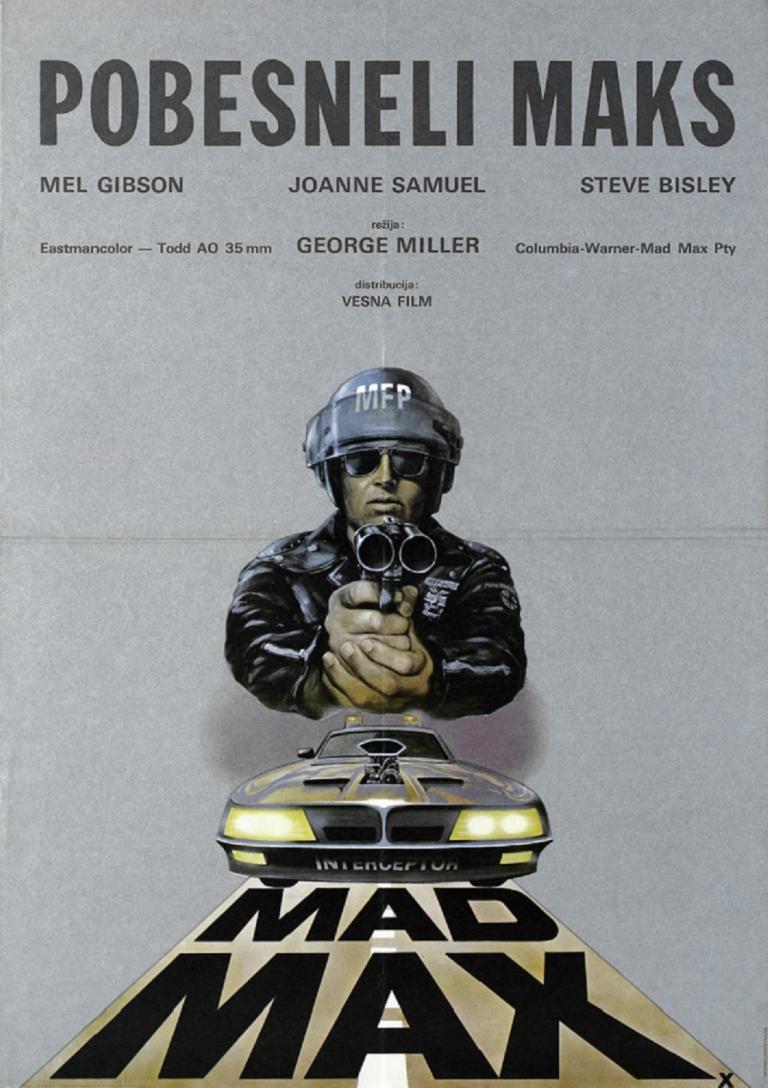
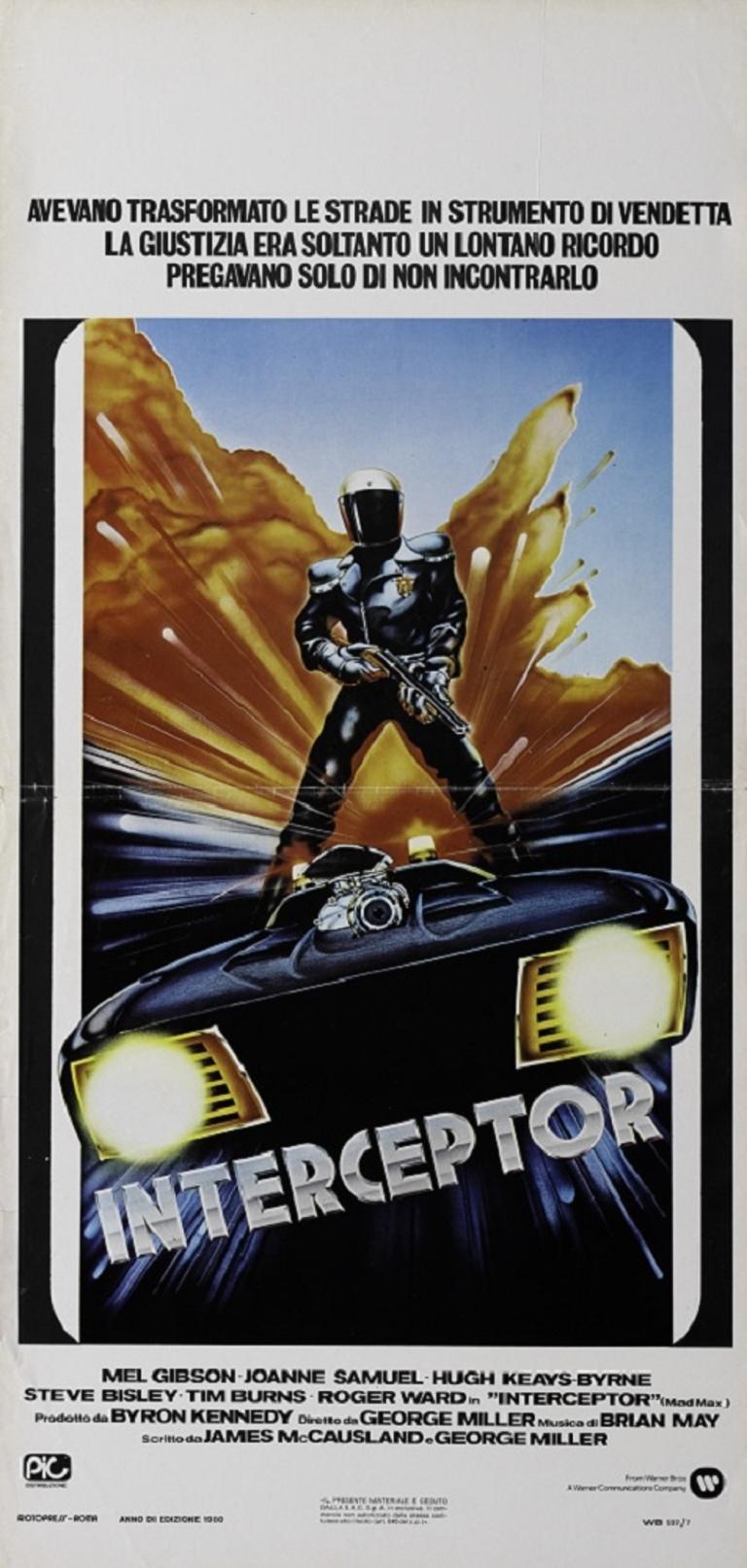
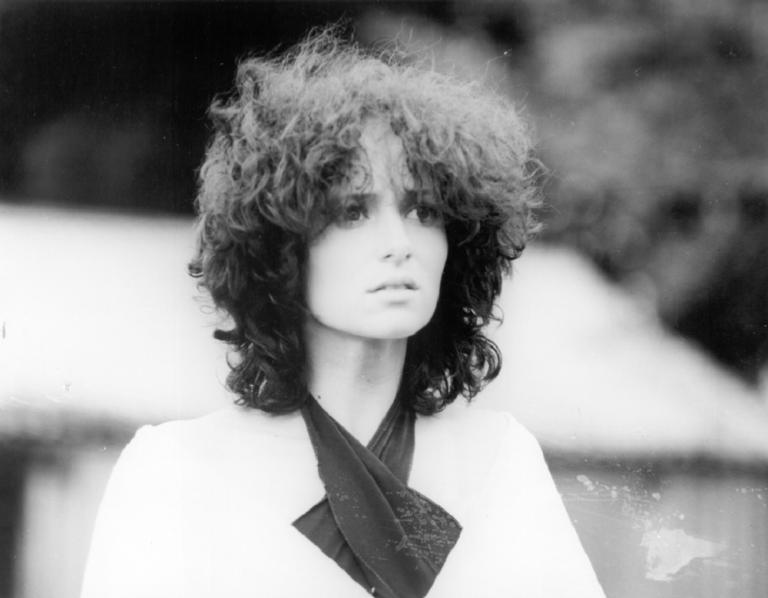
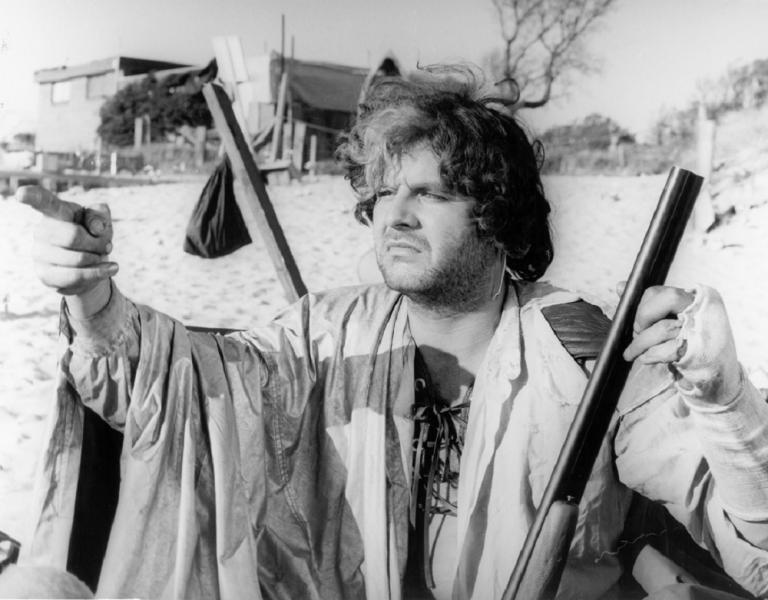
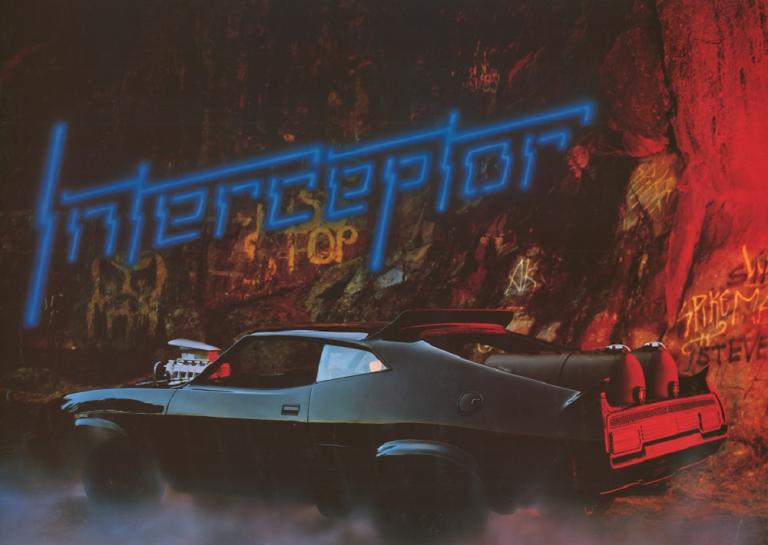
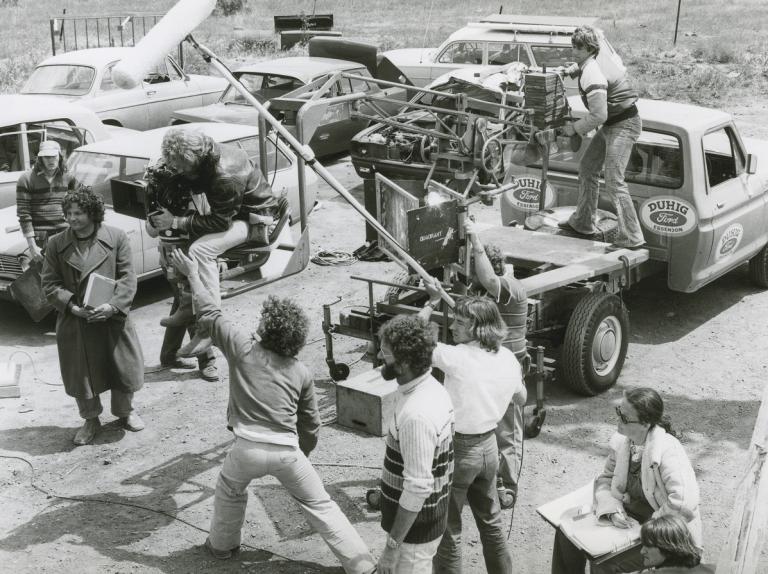
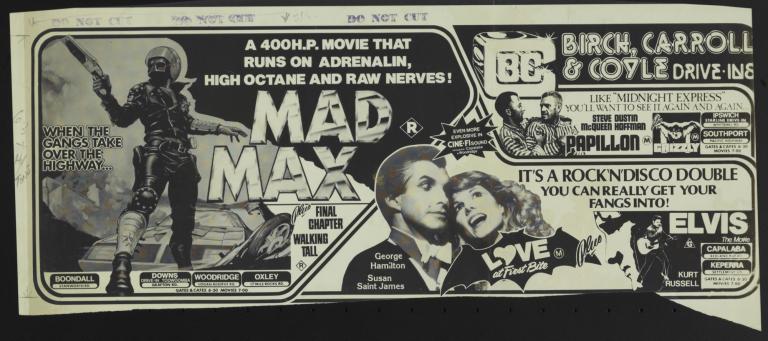
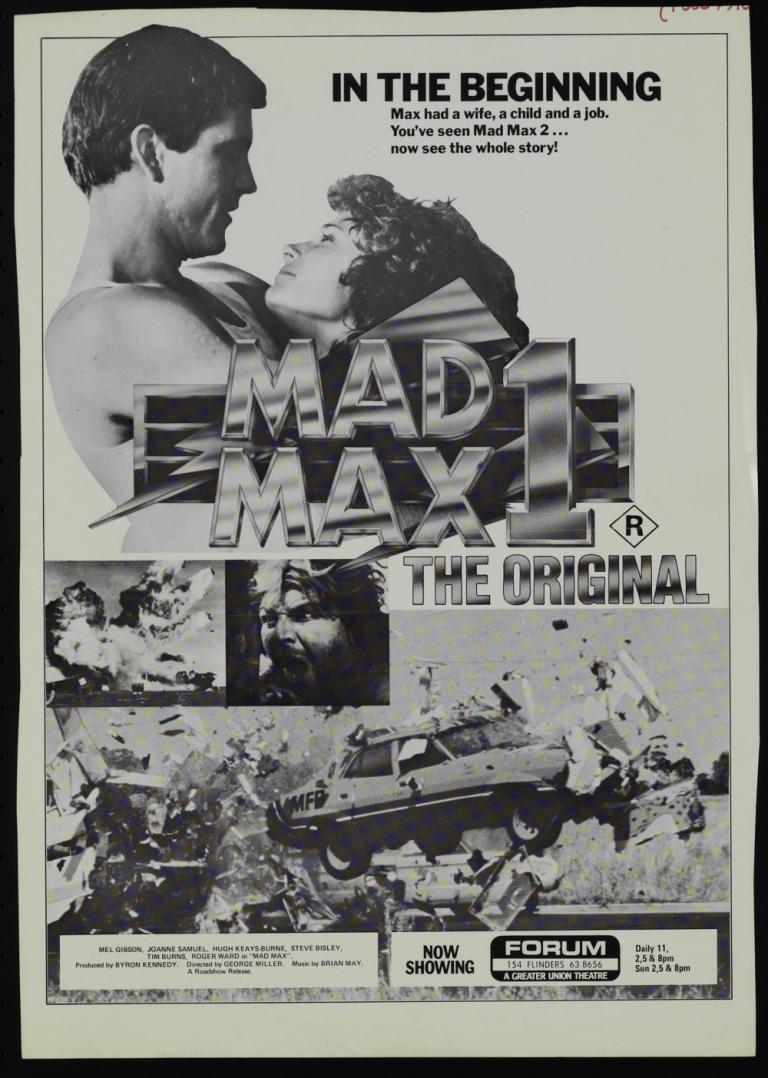
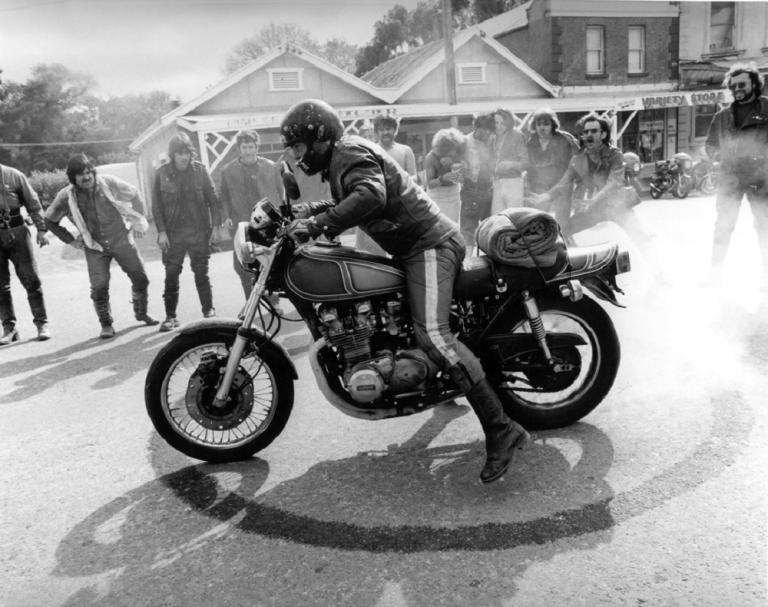
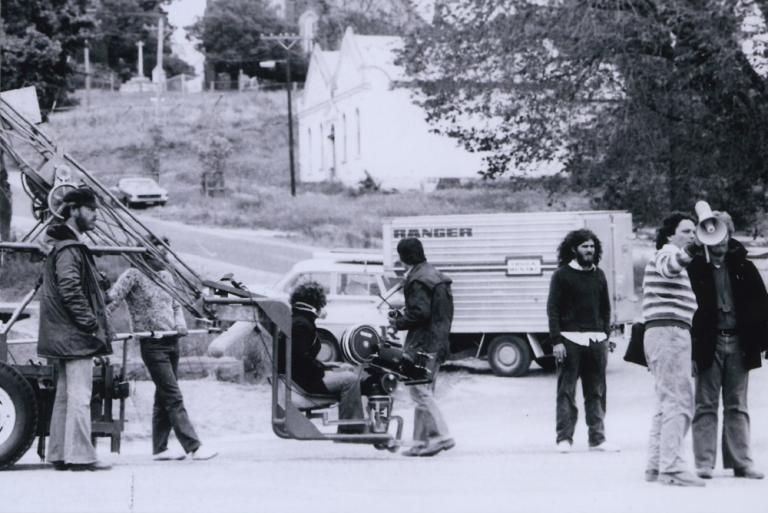
The National Film and Sound Archive of Australia acknowledges Australia’s Aboriginal and Torres Strait Islander peoples as the Traditional Custodians of the land on which we work and live and gives respect to their Elders both past and present.
